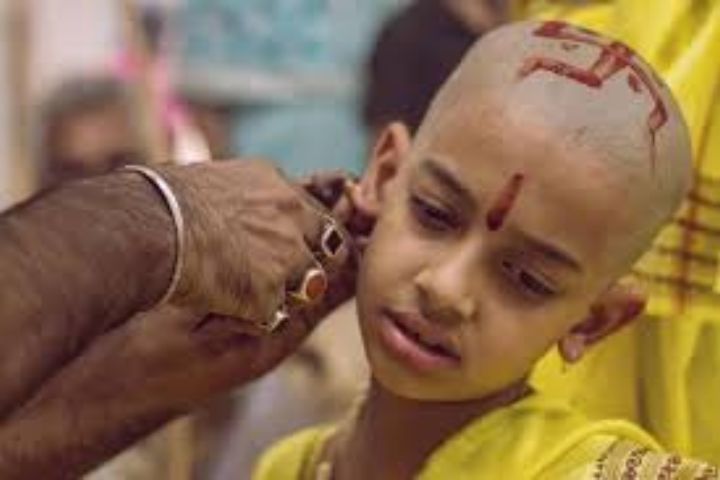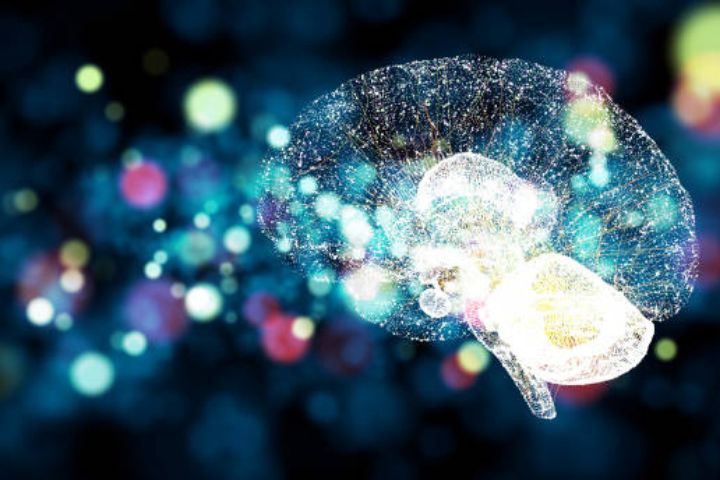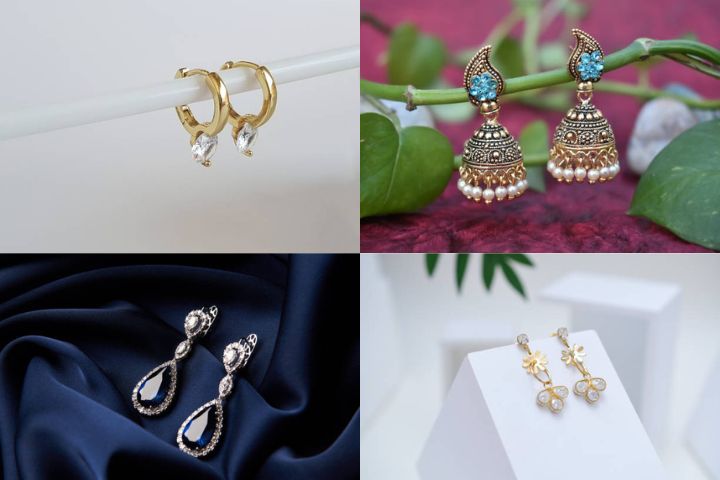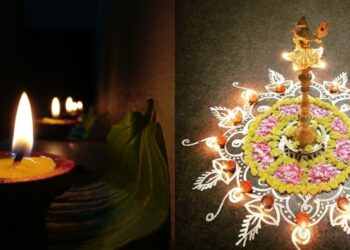Ear piercing has become a fashion statement in the current trends and some individuals even use it as a rebellion statement.
However, this is an ancient tradition that has been practised for thousands of years and remains deeply significant in many cultures.
In India, this practice, known as the Karnavedha ritual, is a sacred rite embedded in Hindu tradition.

Source: iStockimages
As one of the 16 sanskars or essential life rituals, Karnavedha symbolises spiritual and cultural values while also offering numerous health benefits supported by Ayurveda and modern acupressure principles.
The Karnavedha ritual is celebrated as a joyous occasion in many Indian households till today, often performed when a child reaches a certain age.
It is regarded as vital as the Upnayanam, or sacred ceremony, in Brahmin traditions.
According to Hindu beliefs, this ritual opens the inner ears of children to sacred sounds, fostering spiritual growth. Additionally, it is a prerequisite for performing important rites such as Shraddha.
Beyond its cultural importance, ear piercing is associated with several health benefits. Ayurveda identifies the earlobe as a crucial point connected to various aspects of physical and mental well-being.
Piercing the ears stimulates meridian points that link the brain’s hemispheres, enhancing cognitive abilities and supporting proper brain development. This stimulation also boosts hearing power and overall mental capacity.

Source: iStockimages
Wearing earrings is believed to maintain a healthy energy flow throughout the body, improving vitality.
The pierced area is also linked to reproductive health. In men, ear piercing is thought to aid sperm production, while in women, it helps regulate the menstrual cycle.

Source: iStockimages
Additionally, the pressure applied during piercing can improve eyesight and maintain auditory health, with claims that it alleviates symptoms of tinnitus and other hearing-related conditions.
Ear piercing is further associated with emotional and mental well-being. Acupressure principles suggest that stimulating the pierced area reduces the risk of mental illnesses such as OCD, anxiety, and hysteria.
It also promotes emotional balance and alleviates nervousness. From a physical perspective, the pierced point is linked to the digestive system, reducing the chances of obesity by improving hunger regulation.

Source: iStockimages
The ritual includes gender-specific traditions. For girls, the left ear is pierced first, reflecting feminine energy, while for boys, the right ear is pierced first, symbolising masculine energy.
This distinction aligns with the belief that the left side of the body represents femininity and the right-side masculinity.
Far from being merely a fashion statement, ear piercing is a practice that integrates spiritual, cultural, and health benefits, retaining its relevance in both traditional and modern contexts.
Source: Times Entertainment, News 18
Follow us on Instagram, Facebook or Telegram for more updates and breaking news.








